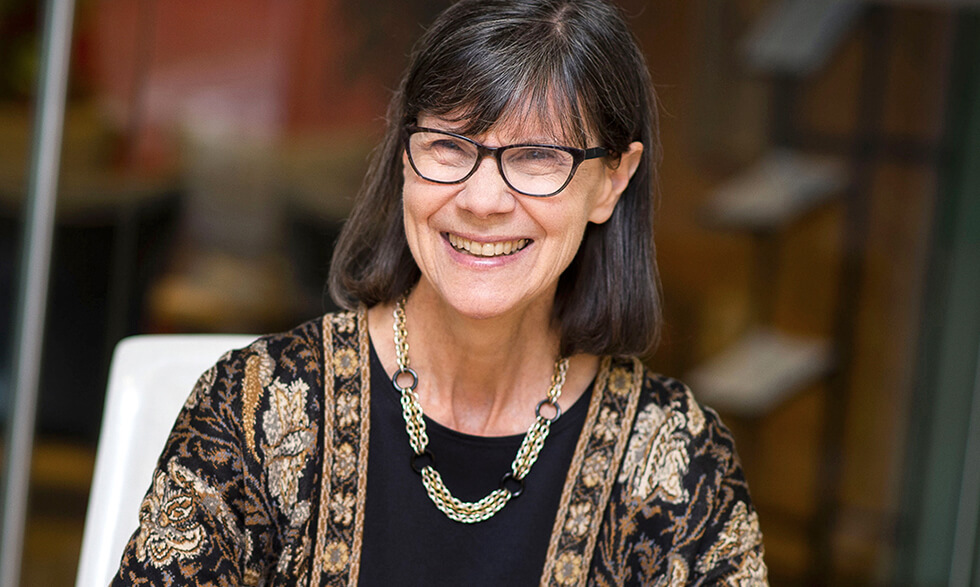
Last updated on July 16th, 2024 at 12:11 pm
Pain isn’t simple or straightforward—and neither is treating it. Chronic pain is one of the most common reasons people seek medical care, according to the Centers for Disease Control and Prevention.
Recent data from the National Center for Complementary and Integrative Health (NCCIH), which helps advance pain research at the National Institutes of Health (NIH) with other centers and institutes, show that the use of strong opioids for pain management in adults with severe pain has more than doubled since 1998.
As part of the NIH HEAL (Helping to End Addiction Long-term) Initiative, NCCIH is studying how treatments such as mindfulness, acupuncture, and massage can help address chronic pain while reducing the need for opioids. NCCIH Director Helene Langevin, M.D., talks about the importance of this research and why a pain treatment plan often requires more than just a pill.
What is complementary health?
“We look to research that essentially connects all those various parts of the pain experience together: physical, emotional, and behavioral.”
– Helene Langevin, M.D.
Complementary treatments are not considered alternatives to conventional treatments. Rather, they are meant to “complement,” or to be used together as part of overall health care management.
A lot of these treatments fall under the category that we call “mind and body.” Some treatments are primarily psychologically based, such as meditation. Others are more physically based, like manual therapy or acupuncture. Some are a mixture of both. For example, yoga has a strong mental component but also a physical component with movement.
At NCCIH, we are interested in how these complementary treatments are integrated, or used, with conventional treatments. What is the best way to combine these treatments together to better help patients? We are very engaged with and working in collaboration with the other centers and institutes at NIH to better understand this area.
What are some of NCCIH’s current research priorities?
One is investigating nondrug approaches in the management of chronic pain. This is an extraordinarily important area, and we are very much engaged in several components of the HEAL Initiative. HEAL stands for “Helping to End Addiction Long-term” and addresses the opioid crisis—but aims to end what we feel is also a pain management crisis.
Right now, we need better options for patients to manage chronic pain other than drugs, like opioids, that may cause people to become addicted. And we know that nondrug options for pain, such as acupuncture, cognitive behavioral therapy, and mindfulness-based techniques, are recommended as the first line of treatment. The problem is that these types of treatments are not always implemented.
What are some other key areas?
NCCIH is also very interested in pain mechanisms. What are the relationships between the perception of pain and the emotions that people experience when they have pain? And how does pain perception relate to one’s ability to function? We know that chronic pain can affect parts of the brain that control reasoning and emotional regulation. And that can affect behavior. We look to research that essentially connects all those various parts of the pain experience together: physical, emotional, and behavioral. Some of the institutes at NIH tend to focus on one organ system at a time, but at NCCIH we are really interested in the connections between the organ systems as well as how emotion and behavior come into play.
We also hope to develop further research around myofascial pain, or these tender and painful “knots” people get in their connective tissue and muscles. By partnering with other groups at NIH, we seek to gain a better understanding of myofascial pain, including through improved imaging tools.
What is a misconception about pain management?
A lot of people think that the main reason for concern about the use of opioids is the risk that these drugs are addictive. While that is true, there is another key issue: Opioids do not actually work well for chronic pain in many patients. In some cases, research shows they can actually increase the feeling of pain. So, people need other pain management options not only for safer delivery, but also for more effective pain treatment, so they can get their pain under control.
